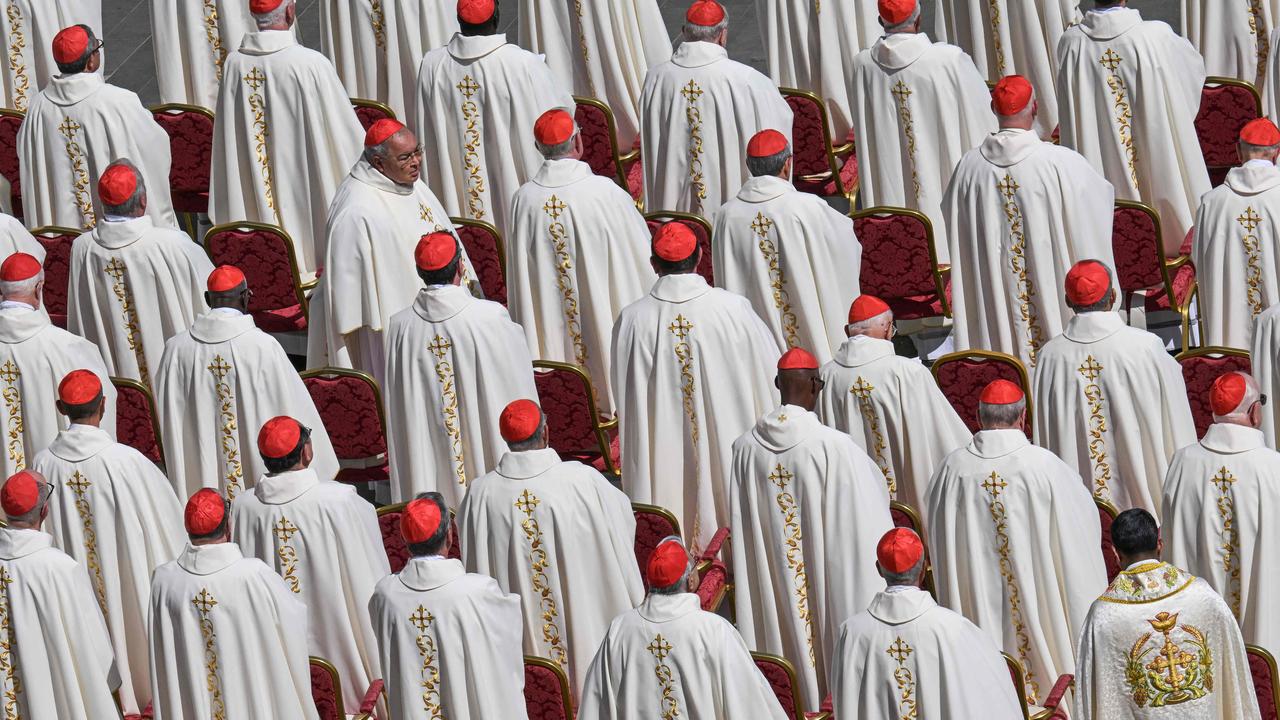Will Hong Kong become the 21st Century Tiananmen Square?

Now China is facing a similar dilemma to 1989: whether to use the military to crack down on the increasingly ferocious street demonstrations in the former British colony of Hong Kong. If Beijing goes down that route it risks international opprobrium and the end of the carefully spun illusion that President Xi Jinping is a voice of reason in an emotionally overcharged world.
But the alternative, to wait out the crisis and let the overwhelmed local police handle the protest movement, carries its own dangers. The authority of the Hong Kong government is melting by the day and Xi wants to sedate its inhabitants at the latest by October when the country celebrates with great fanfare the 70th anniversary of Chinese communist rule.
In Tiananmen Square it took 55 days before factions in the ruling Communist Party could agree on the use of soldiers against citizens. Li Peng declared martial law on May 20, 1989; two weeks later paratroopers, commandos and tanks were sent on a killing mission. The Hong Kong protests started 93 days ago; yesterday commuter train travel was disrupted and there’s more to come. The aim is to build momentum, shed the Beijing propaganda image of reckless rioters and above all to stretch police resources.
The rush towards military action in 1989 was the result of a power struggle between Li and a relatively liberal party chief, Zhao Ziyang. Li won the argument because of evaporating patience. Today Xi censors all references to Tiananmen but almost certainly thinks the outcome justified the bloodshed. Stamping on political freedom allowed the leadership to take on the risks of market reforms, which propelled China into becoming the world’s second largest economy.
Xi knows many ordinary mainlanders agree with him, having signed a pact of prosperity in return for political castration. And the tone of social media is clear: mainlanders reckon that Hong Kongers are spoilt and need to learn some discipline.
If Xi were to use force he would face criticism abroad but hardly a squeak at home. Rather there could be domestic trouble if he allowed the protests to continue. The fear among provincial governors is of a spreading Hong Kong virus. Law is on his side. If there is a breakdown in social order, the Hong Kong government can invite the army garrison of some 6,000 men to step in. Since the territory’s chief executive, Carrie Lam, is dependent on Beijing’s support, it wouldn’t be hard to secure that invitation.
Ever since Hong Kong protesters splattered the national crest of China with black paint, the rhetoric from Beijing has become more edgy. There is a gamble to be made, one based on the (probably false) premise that the West is instigating a “colour revolution” in the territory.
Beijing’s bet runs like this: if we hint at the possibility of military intervention we will rattle the West and it will put pressure on the protesters to calm down. After all, goes this logic, Donald Trump needs Xi and Xi needs Trump. The president has even praised Xi’s handling of Hong Kong. Such is the nature of the danse macabre of the trade war.
But this is a neurotic exaggeration of western influence on events. Both the protesters and the regime have studied the 2014 Maidan uprising in Kiev. Youths now ape the Ukrainian street tactics; the regime shivers at the prospect of a western-inspired coup. As a result neither the Chinese secret service nor the army top brass will be keen on using soldiers until trust in the Hong Kong police definitively collapses. But special forces could be used to snatch protest leaders and bundle them into mainland prisons, or the People’s Armed Police — much better trained than in Tiananmen Square 30 years ago and now under the command of the Central Military Commission — could be deployed against the protesters without infringing local laws.
China has had plenty of time to think about how to squash discontent; the regime has developed the high-tech machinery of a surveillance state precisely to put off the mobilisation of the military for as long as possible. Hong Kong, however, is rushing towards a point where all this will be put to the test.
Xi is an authoritarian leader but the party establishment is not a monolith. After years of purges there are plenty who want to see him stumble and they reckon he’s now in a trap of his own making. He could make concessions, perhaps allowing more democratic accountability in the governance of Hong Kong, in which case he will lose face and set a dangerous precedent. Or he can impose order, backed by bayonets, and risk getting blood on his hands. Bloodshed would in effect mean the end of the “one country, two systems” mantra. The cuddly panda diplomacy elements of the Belt and Road initiative could go up in flames. The Hong Kong stock exchange would be damaged.
All this will be weighed carefully by Xi. The Butcher of Beijing has gone. Does he really want to go down as the Hangman of Hong Kong?
The Times



The Butcher of Beijing died quietly in his bed the other day but he hasn’t been forgiven. Li Peng, former Chinese prime minister and the man behind the Tiananmen Square massacre of 1989, is still a hate figure for China’s protest generation. “There will come a day when his corpse will be whipped!” says the former student leader Wu’er Kaixi, who once confronted the apparatchik in a televised encounter.